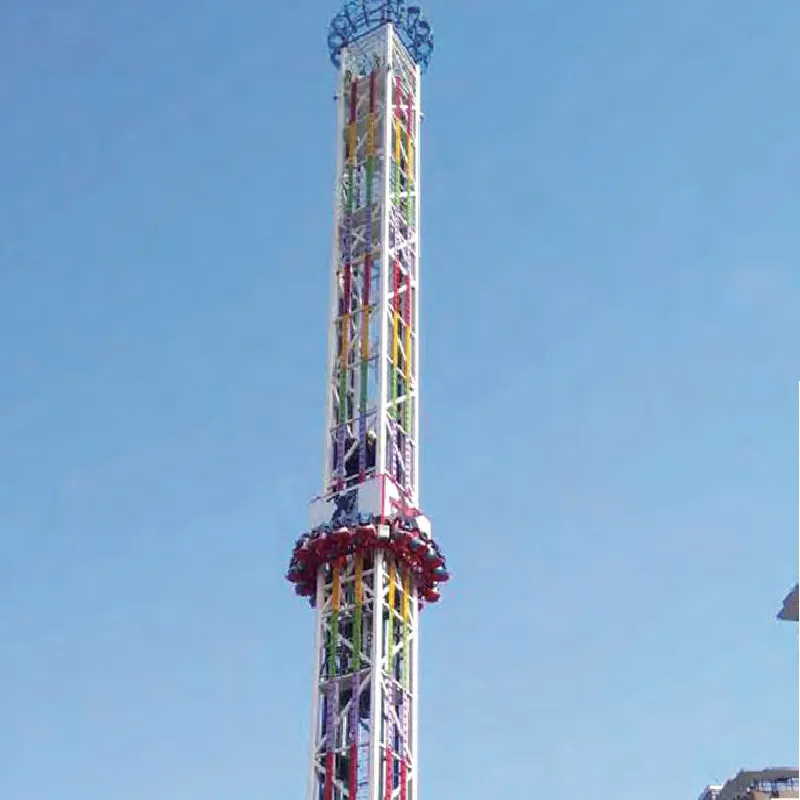- Albanian
- Arabic
- Belarusian
- Bengali
- Czech
- English
- French
- German
- Hebrew
- Hungarian
- Indonesian
- irish
- Italian
- Japanese
- kazakh
- Persian
- Russian
- Thai
- Uzbek
- Vietnamese
Creating an Exciting Roller Coaster Experience Through Innovative Design Techniques
The Thrills of Rollercoaster Design An Art and Science Combined
Rollercoasters have long been a symbol of thrill-seeking and adventure. As riders climb to dizzying heights and plunge into steep drops, they experience an exhilarating rush that is both terrifying and exhilarating. However, behind every wild ride lies the meticulous work of rollercoaster designers. This fascinating blend of art and science not only requires creativity but also a deep understanding of physics, engineering, and human psychology.
At the core of rollercoaster design is the need to balance excitement with safety. Designers must ensure that every twist, turn, and drop adheres to strict safety regulations while also providing an unforgettable experience for riders. This challenge begins with the initial concept. Designers often start by brainstorming ideas that evoke a certain theme or emotion, leading to concepts that might range from pirate adventures to futuristic journeys. Inspiration can come from various sources, including nature, architecture, or even other rides.
Once a concept is established, the design process shifts to the technical aspects. Engineers utilize advanced computer-aided design (CAD) software to create detailed models of the rollercoaster. These models include vital information, such as the height of the ride, the angles of the track, and the velocity at various points. The ride’s design must consider gravitational forces, centripetal forces, and the overall dynamics of motion. Designers analyze these factors to ensure that they create a thrilling experience without compromising safety.
The journey doesn't end with design. Once a rollercoaster has been approved, the construction phase begins. This involves applying the concepts and designs into physical form. Talented architects and engineers collaborate to turn virtual designs into full-scale structures. Building a rollercoaster requires precision craftsmanship; every piece of track must be constructed to exact specifications to ensure a smooth ride. This process can take months to complete, and it often involves numerous trials and tests before the ride opens to the public.
rollercoaster designer

Testing is one of the most critical aspects of the rollercoaster design process. After the construction is complete, designers subject the ride to extensive safety tests. These tests simulate various scenarios to ensure that the ride can handle maximum capacity while remaining safe. Weight and motion sensors are often used to monitor the ride’s performance. The thrill of the design is not only in the physical experience but also in the psychological effects it has on riders.
Understanding human psychology plays a crucial role in rollercoaster design. Creators must consider how riders will respond to elements of suspense and anticipation. For instance, the slow ascent before a steep drop can create a heightened sense of fear and excitement that contributes to the thrill of the ride. Designers also incorporate elements like unexpected turns and rapid changes in speed to maximize the adrenaline rush.
As technology advances, rollercoaster design continues to evolve. Today, designers are experimenting with virtual reality and augmented reality to enhance the rider's experience. These innovations allow for immersive storytelling, making each ride feel unique. Themes can blend seamlessly with the physical ride, transporting riders into new worlds and altering their perception of speed and height.
Moreover, sustainability is becoming a crucial consideration in rollercoaster design. As the world becomes more environmentally conscious, designers are tasked with finding ways to create thrilling rides while minimizing the environmental impact. This might include using eco-friendly materials or implementing energy-efficient technologies in the construction and operation of rides.
In conclusion, rollercoaster design is a captivating field that merges creativity with technical expertise. Designers and engineers work hand-in-hand to create experiences that thrill and excite while ensuring safety remains a top priority. As the industry progresses, it continues to push the boundaries of imagination and technology, ensuring that the joy of rollercoasters will be a cherished part of amusement parks for generations to come. Whether you're a novice rider or a seasoned thrill-seeker, every rollercoaster represents the culmination of passion, innovation, and a deep understanding of what it means to experience true exhilaration.
-
Flume Ride-Hebei Zhipao Amusement Equipment Manufacturing Co., Ltd.|Thrilling Water Attraction&Customizable DesignJul.30,2025
-
Flume Ride - Hebei Zhipao Amusement Equipment | Water Coaster, Thrilling DescentJul.30,2025
-
Flume Ride - Hebei Zhipao | Thrilling Water AttractionJul.30,2025
-
Flume Ride: Thrilling Water Attraction by Hebei Zhipao|Log Flume Manufacturers&Flume Ride DesignJul.30,2025
-
Flume Ride-Hebei Zhipao Amusement Equipment Manufacturing Co., Ltd.|Thrilling Water Coaster, Safe DesignJul.30,2025
-
Flume Ride-Hebei Zhipao Amusement Equipment Manufacturing Co., Ltd.|Thrilling Water Attraction, Safe DesignJul.30,2025
